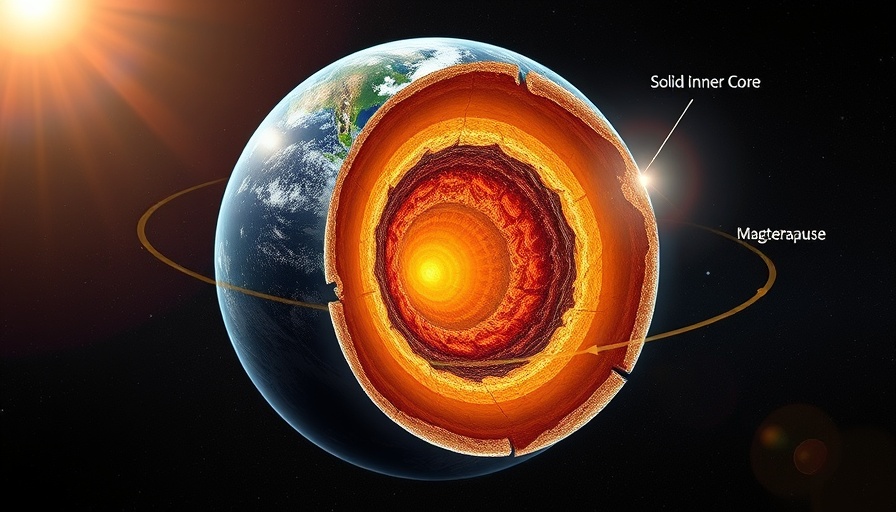
The Storms that Shaped Prehistoric Life
In a groundbreaking study, researchers have unearthed evidence that tiny pterosaurs, the flying reptiles of the Mesozoic era, perished during violent storms over 150 million years ago. This discovery innovatively intertwines paleontology with insights about ancient weather patterns, highlighting how these storms contributed to the conditions that preserved their fossils in the Solnhofen limestones of southern Germany. With a focus on two well-preserved hatchlings, lovingly named Lucky and Lucky II, the evidence points towards a greater understanding of how fragile ecosystems with delicate species managed to survive in a prehistoric world dominated by much larger creatures.
A Closer Look at the Fossils
The fossils of Lucky and Lucky II are remarkable artifacts that provide insights into the lives and deaths of these ancient creatures. Unlike the robust adult pterosaurs that rarely appear in the fossil record, the small hatchlings were preserved in extraordinary detail, showcasing their broken wings that tell a tragic story of being swept away by powerful gusts of wind during a storm. This unique form of fossilization raises questions: Why are we finding so many juvenile specimens compared to adults? As lead researcher Rab Smyth notes, pterosaurs had incredibly lightweight skeletons and were, therefore, more susceptible to destruction, making these finds even more remarkable.
The Miracle of Preservation in the Solnhofen Limestones
The Solnhofen limestones have long been famous among paleontologists for their exceptional fossil deposits, enabling a rare glimpse into life millions of years ago. These lime-rich deposits formed in ancient lagoons allow for the unique preservation of fossils like pterosaurs, but they are predominantly made up of smaller specimens. This unusual pattern challenges the assumption that larger animals would have a better chance at fossilization and indicates that unique environmental circumstances—like those created during storms—led to the preservation of these delicate hatchlings.
Contrast: The Mesozoic Giants Versus Their Fragile Counterparts
While the age of reptiles is often characterized by giant dinosaurs and formidable marine reptiles, the uncovering of these tiny pterosaur fossils compels us to reconsider what life was truly like. The ancient ecosystems, much like today’s, were vibrantly diverse and included many small creatures. However, as highlighted by the study, fossilization is a selective process that often favors large and robust organisms over tiny and delicate ones. This discovery pushes the narrative of what is traditionally understood about the ecosystems of the past, emphasizing the need for a broader examination of the fossil record.
Implications of Our Understanding of Ancient Weather
This research not only sheds light on the life cycles of pterosaurs but also offers insights into the climatic conditions of the period. Understanding how ancient weather patterns, such as storms, influenced not just the death of these creatures but their ultimate preservation enriches our knowledge about the atmospheric conditions of the Mesozoic. It opens up a dialogue regarding climate evolution over millions of years and its impact on biodiversity.
Communicating the Complexities of the Past to Modern Audiences
As we navigate modern climate problems, understanding ancient climates can provide valuable context. Engaging with the story of these pterosaurs can inspire awareness of ecological preservation in contemporary times. The ongoing dialogue about how environmental changes affect delicate ecosystems today mirrors the challenges faced by organisms in prehistoric times.
Concluding Thoughts on the Fragility of Life
The tale of Lucky and Lucky II serves as a poignant reminder of the fragility of life, both in ancient times and now. As we confront our environmental challenges today, the importance of preserving biodiversity becomes crystal clear. The story captured in these ancient fossils is analogous to conversations we engage in now about what it means to protect our planet. In teaching others, especially the younger generations, about these precious discoveries, we foster a sense of responsibility and a deepened appreciation for the history that has shaped our world.
 Add Element
Add Element  Add Row
Add Row 



Write A Comment